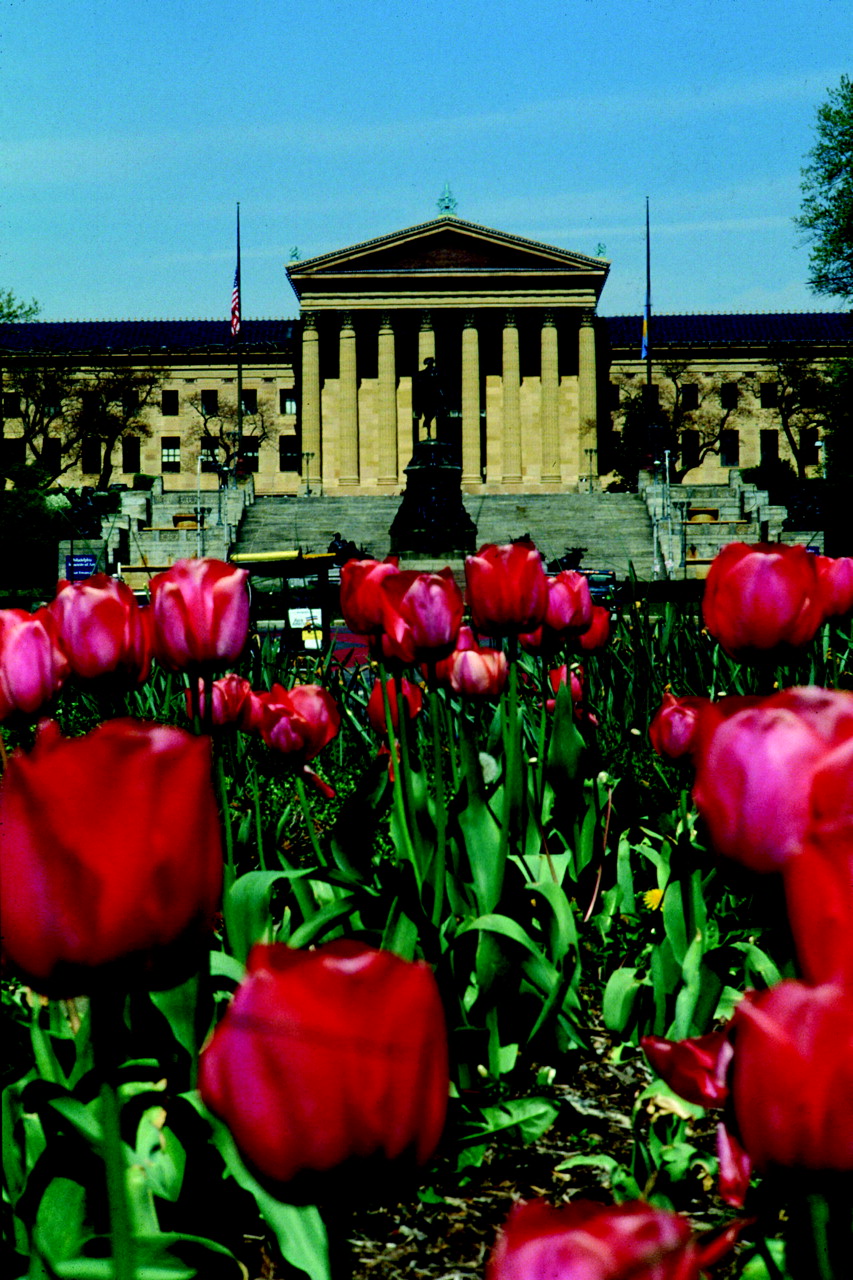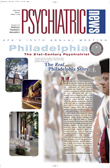To art lovers, it borders on scandal. It seems that millions of people know one of the world’s great art museums more for its front steps than for the wondrous collection of works to which those steps lead.
For visitors who climb those steps during APA’s annual meeting in May, however, memories of the eye-popping art works should certainly supplant those of Sylvester Stallone triumphantly running up those now-famous steps in the film “Rocky.”
Perched on a hill a few blocks from Center City, the Philadelphia Museum of Art appears to be a Greek or Roman temple. It is, in fact, the third-largest art museum in the United States and boasts comprehensive collections of paintings, sculpture, and crafts that cover every era from the third century B.C. to the late 20th century.
Among the museum’s more than 300,000 works are noteworthy collections of East Asian art, paintings by European Renaissance masters, and Impressionist and Post-Impressionist masterpieces. It houses an especially impressive collection of American art, crafts, and domestic objects, including dozens of examples from Philadelphia’s proud tradition of creating beautiful silver pieces.
Pennsylvania Heritage
The museum also reflects its Pennsylvania heritage, displaying rooms full of fine examples of Amish and Quaker furniture and household objects. In addition, it has accumulated one of the largest collections of works by Philadelphia native son Thomas Eakins, many of which are on display in the galleries devoted to 19th-century American painting. The American galleries feature several period rooms that display paintings and decorative objects in a way designed to highlight the cultural links between Europe and 18th-century America.
Fans of the Impressionists and the artists they inspired will enjoy the many paintings by Cézanne, including his famous “Bathers,” Matisse, and Gauguin. Marcel Duchamp’s once-scandalous painting “Nude Descending a Staircase” is also a jewel in the museum’s permanent collection of 20th-century art, though it probably has lost the power to shock viewers as it did when it went on display in 1913. Picasso and Braque are also represented in the museum’s galleries.
Modern Art
Modern-art devotees as well as people who are still trying to make sense of the genre will be able to experience a special exhibit of the works of one of modern art’s leading lights, artist Barnett Newman. The museum has brought together more than 100 of his paintings and traces Newman’s evolution from his 1940s surrealistic drawings through his minimalist “vertical stripe” phase to the pioneering shaped canvases of his later years. Newman, who was born to immigrant parents in 1905 and died in 1970, was a major figure in New York’s modern-art circles in the 1950s, along with his friends Mark Rothko, Jackson Pollock, and Clyfford Still.
Commenting on Newman’s significance, curator Ann Temkin stated, “At the turn of the millennium, no member of his generation remains more significant than Barnett Newman, and we are proud to be presenting a comprehensive view of this remarkable artist’s life’s work.”
Asian Art
The museum also houses multiple galleries of Asian art treasures, which include a Japanese ceremonial teahouse, a palace hall from China, and a vast collection of Oriental rugs, along with exquisite pieces of ceramic, lacquerware, and furniture.
Oh, and why not just give in to the urge. Make like Rocky and run up those 99 famous steps. It will make for a memorable photograph.
The Philadelphia Museum of Art is located at 26th Street and the Benjamin Franklin Parkway. It is open Tuesday through Sunday from 10 a.m. to 5 p.m., with evening hours on Wednesday and Friday. Admission is $10 for adults, with a $7 charge for visitors aged 13 to 18 and 62 and older. Children aged 12 and younger are admitted without charge. Free guided tours are given on the hour from 10 a.m. through 3 p.m. More information is available on the Web at www.philamuseum.com. ▪

